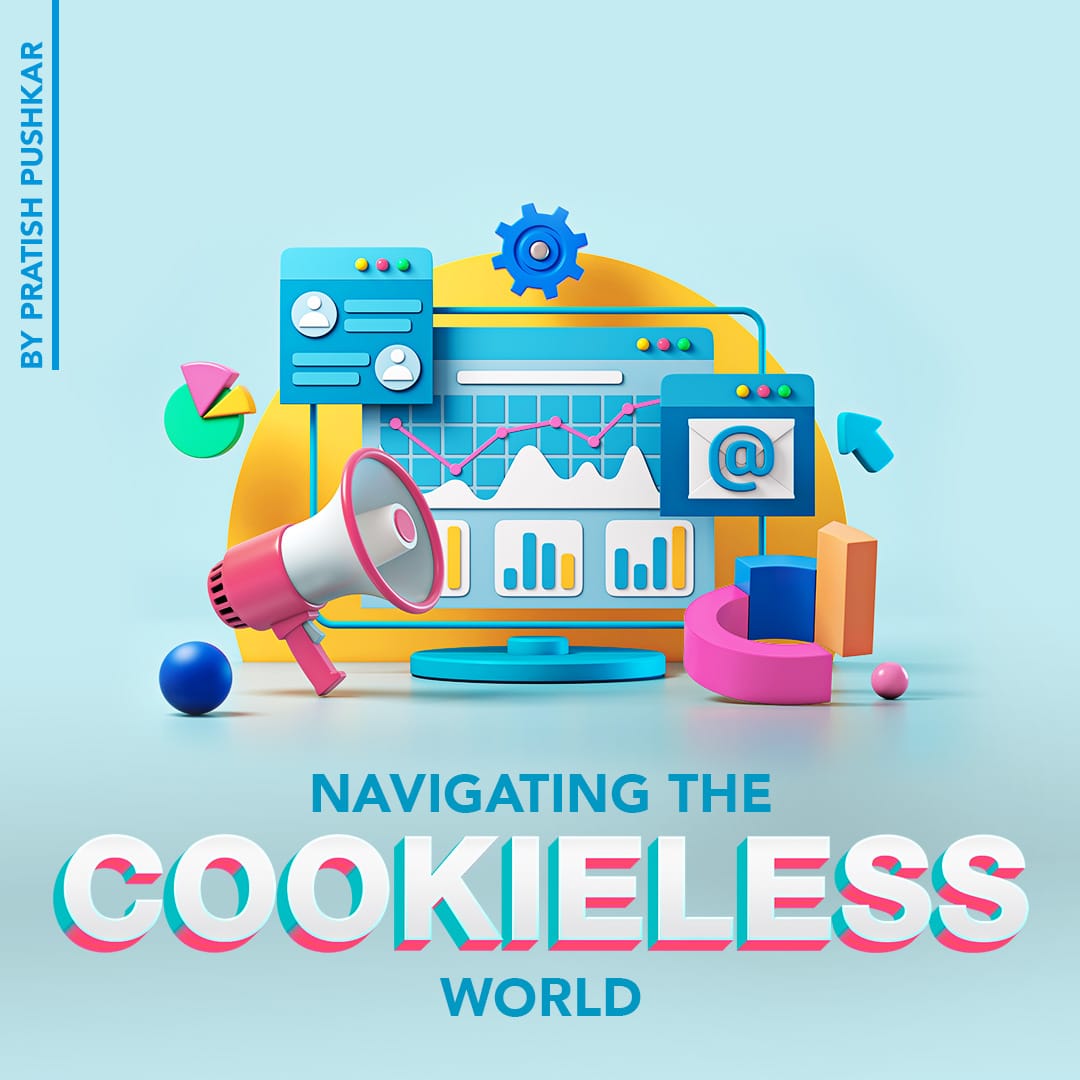By Pratish Pushkar
Director, Digital Analytics
At present, consumer data is collected by cookies, which are small codes that enable brands and advertisers to track and target consumers according to their online behavior. Brands have leveraged this data to personalize online experiences and offer tailored content and messaging. As consumers become more aware of their information being publicly available and often resold, Cookies become more invasive. In response, lawmakers are imposing data privacy laws and regulations to prevent advertisers from viewing and using data without consumer consent, and in order to adhere to such regulations, Tech companies like Google and Apple are implementing additional privacy standards.
Ever since Apple’s iOS 14 featured consented app-tracking and Google announced its plans to phase out third-party cookies in Chrome by 2023, there’s been a debate on what the true impact will be for digital marketers. While the updates will not impact every industry similarly, one thing we already know is that we will lose targeting options and third-party data points on which we’ve been relying for years. Advertisers need to start exploring solutions that help them navigate this new reality.
According to HubSpot, 41% of marketers believe their biggest challenge will be their inability to track the right data, 44% of marketers predict a need to increase their spending by 5% to 25% to reach the same goals as 2021, and 23% of marketing experts plan to invest in email marketing tools due to these new policies.
Brands will have to adjust their targeting, optimization, and measurement strategies to co-exist with the changes and thrive in the new digital landscape. With third-party tracking going away and an expected drop in first-party opt-ins, conversion attribution will lose it’s efficacy as our ability to measure the impact of an ad against direct outcomes like form fills or purchases will be impacted immensely. In terms of targeting, the targetable audience will now only represent first-party and opt-in audiences, and tracking targeted audiences across multiple environments like websites, apps and platforms will no more be possible.
In order to navigate through these changes, along with finding the right privacy consent solution, advertisers will rely more heavily on their first-party audiences which leverage the existing relationship between the consumers and brand. Controlling and supporting these audiences with personalization and quality content will become a big part of a brand’s strategy. Few ways marketers can strengthen their first-party data could be through lead gen campaigns with custom questions, testing out new channels and mediums, and spending more time on brand-building.
To safeguard the brand from future governance and monopoly-related policies, marketers will need to brainstorm and devise basic strategies which do not depend on cookies, hyper-targeted ads, or mass-data which is more vulnerable to technology. Also, advertisers can turn to their agencies and digital partners to take on a more strategic role. With all the uncertainty around, agencies can support in reshaping KPIs, analyzing measurement tactics, and can act as an extension to the brand’s marketing team to drive and measure success, and help them steer fluently through the imminent changes.
